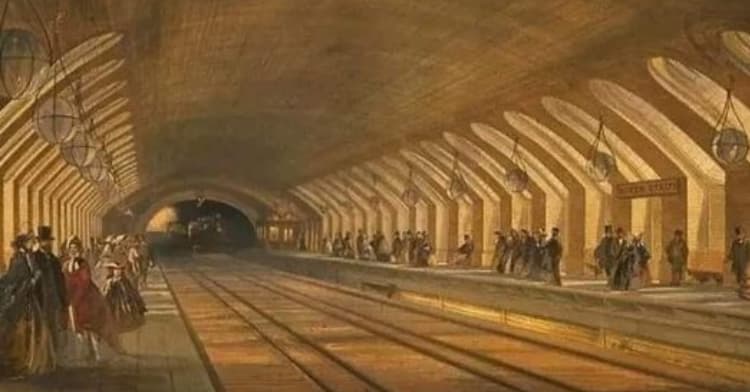The iron bars set into the curb along Thames Street in London serve as a fascinating reminder of historical transportation methods, particularly in preventing carriages from rolling backward down the hill that skirts Windsor Castle. While the exact age of these iron bars is uncertain, they likely date back to the Victorian era, adding to the area’s historical charm. However, their presence may present a challenge to modern cyclists navigating the streets.

Horse carriages have played a significant role in London’s transportation history, serving as the primary mode of travel before the advent of automobiles. During the 19th century, London boasted over 2,000 horse buses and 25,000 horses, along with a network of stables and skilled workers supporting this transportation system.
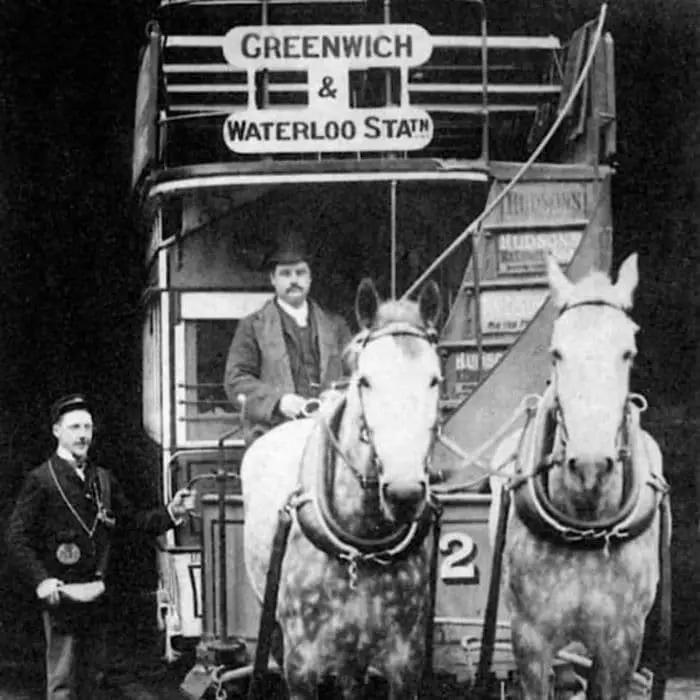
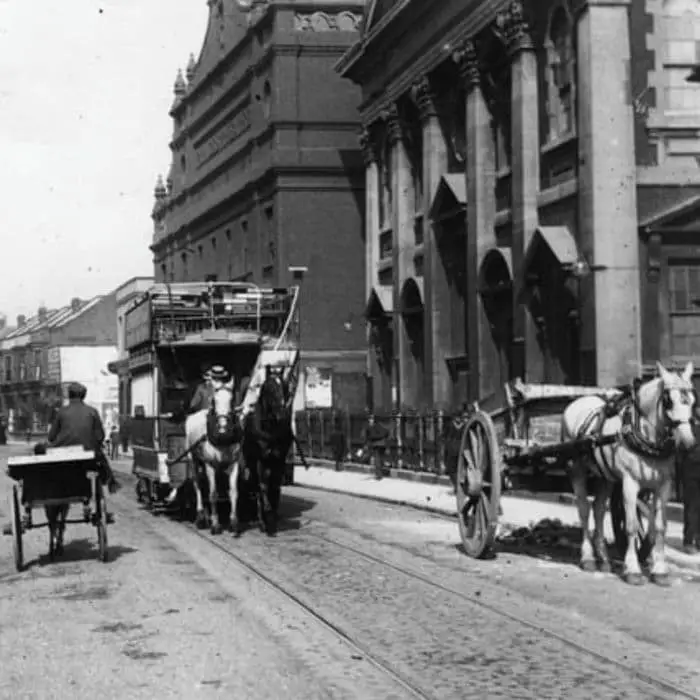

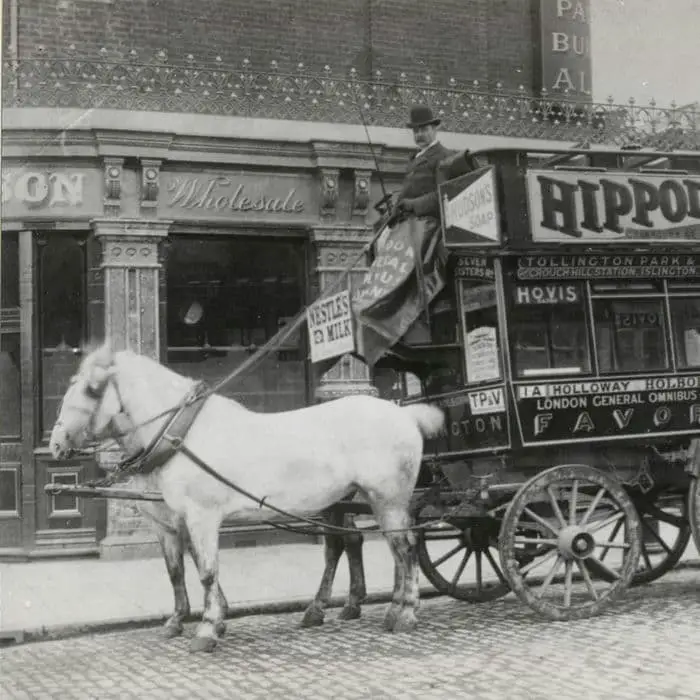
One notable innovation in London’s transportation history was the introduction of horse-drawn omnibuses by George Shillibeer in 1829. These omnibuses revolutionized public transportation in the city, offering a scheduled service that picked up and dropped off passengers along designated routes. Despite initial competition and challenges, the success of Shillibeer’s omnibuses led to the establishment of a regulated bus service in London, marking a significant milestone in public transportation history.
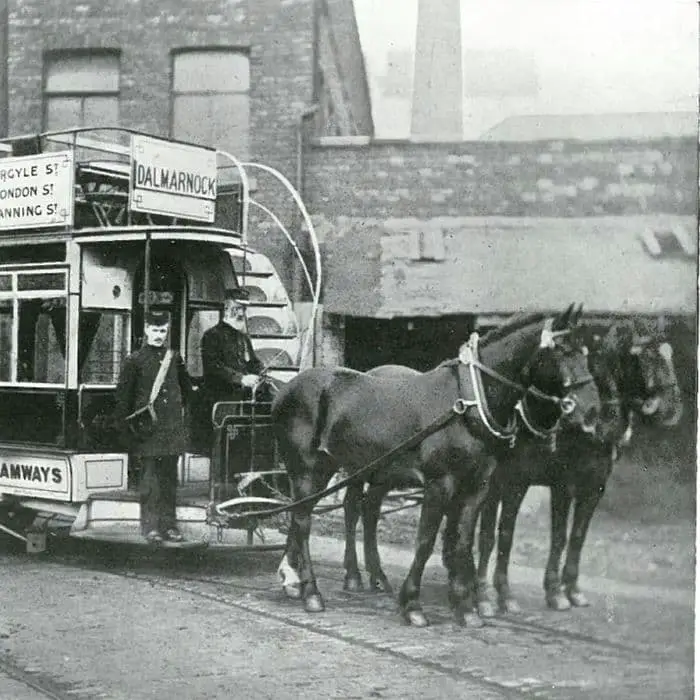
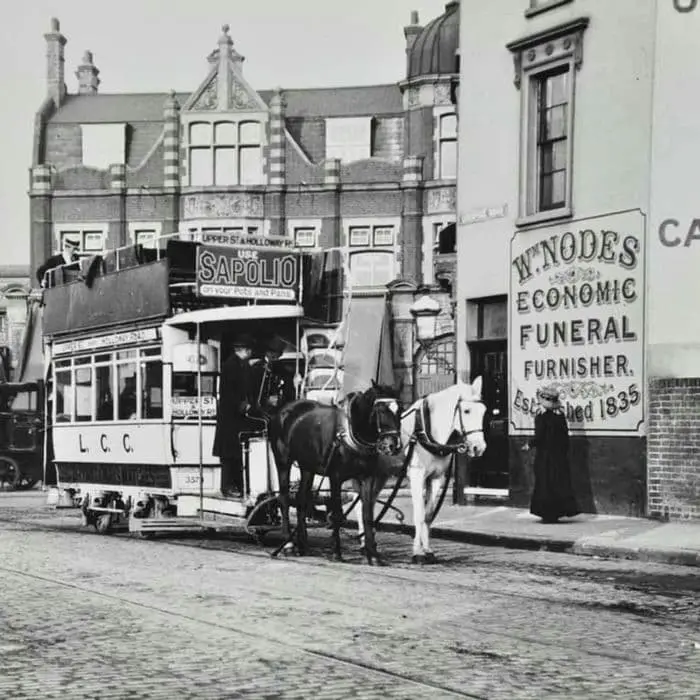
The introduction of horse trams in 1870 further expanded London’s public transport network, offering an efficient and affordable means of travel for residents. Trams, running on rails embedded into the road surface, could carry more passengers than horse buses and provided a faster mode of transportation, particularly for commuting workers. Despite some challenges, such as derailments and disruptions caused by rail installation, horse trams significantly improved accessibility and mobility for Londoners.
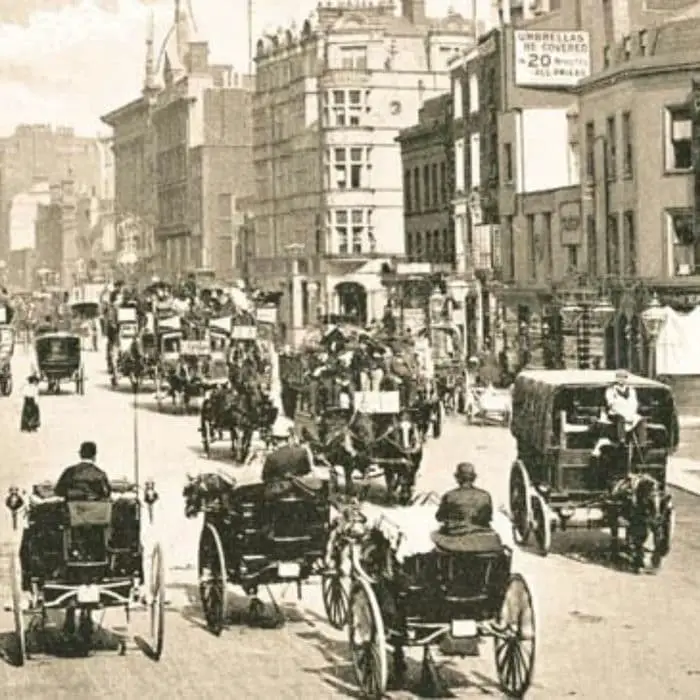
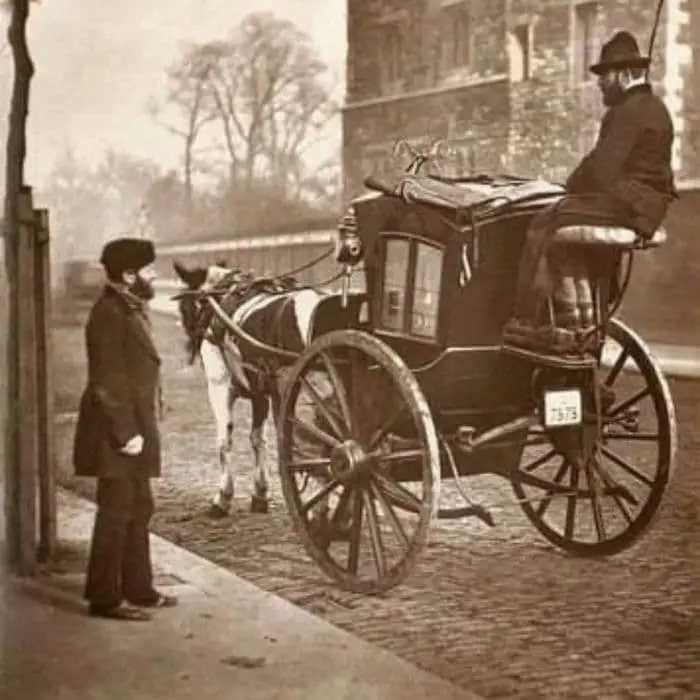
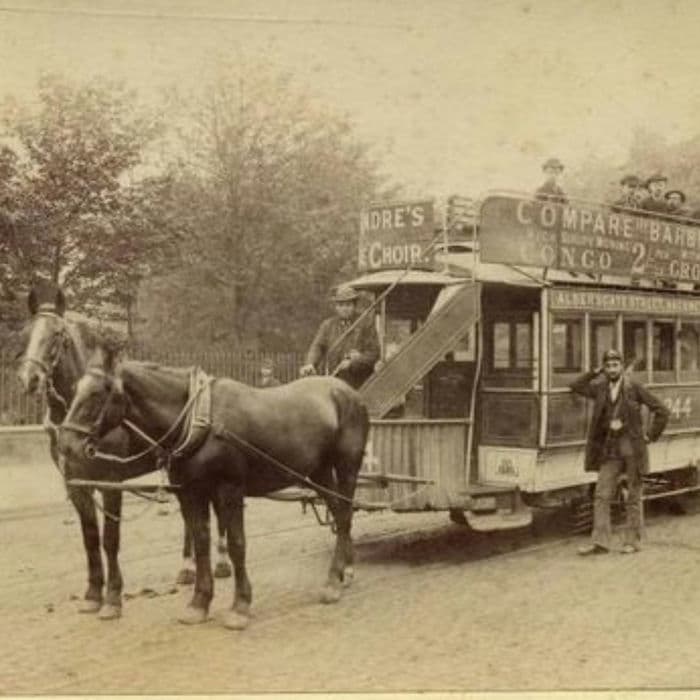
The London County Council recognized the social benefits of expanding public transport links, particularly to new housing estates, and took steps to acquire horse tram routes in the late 19th century. This initiative aimed to provide affordable fares for working-class residents, enabling them to live further from the city center while still accessing employment opportunities.
Overall, the development of horse-drawn transportation in London, from omnibuses to trams, played a crucial role in shaping the city’s urban landscape and enhancing mobility for its residents. These historical innovations laid the groundwork for future advancements in public transportation and continue to be commemorated through remnants like the iron bars along Thames Street.

